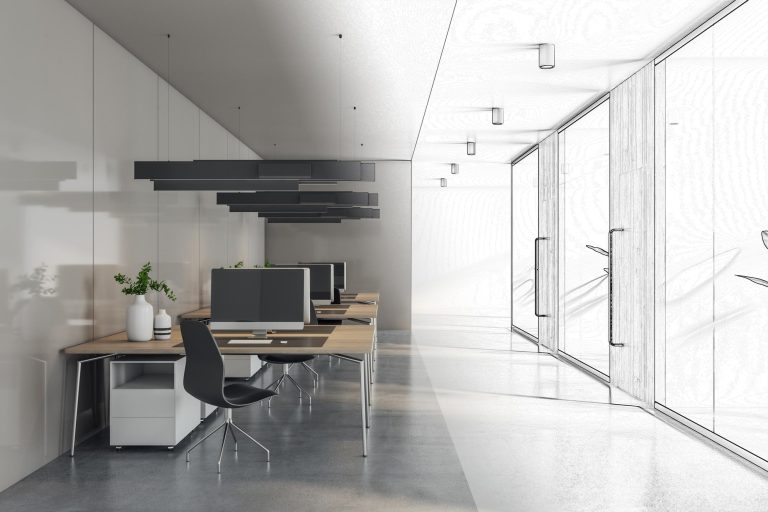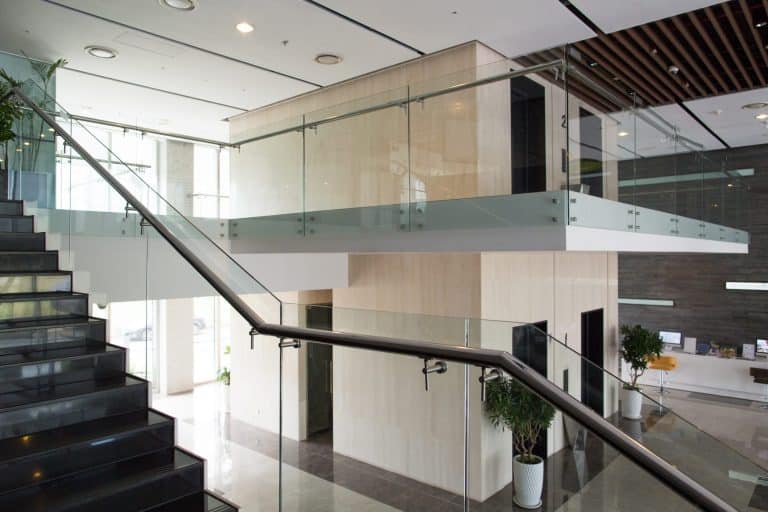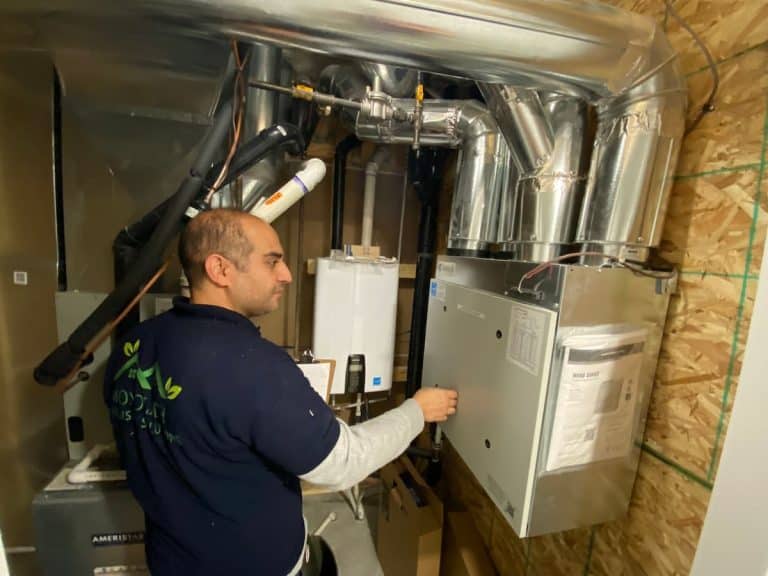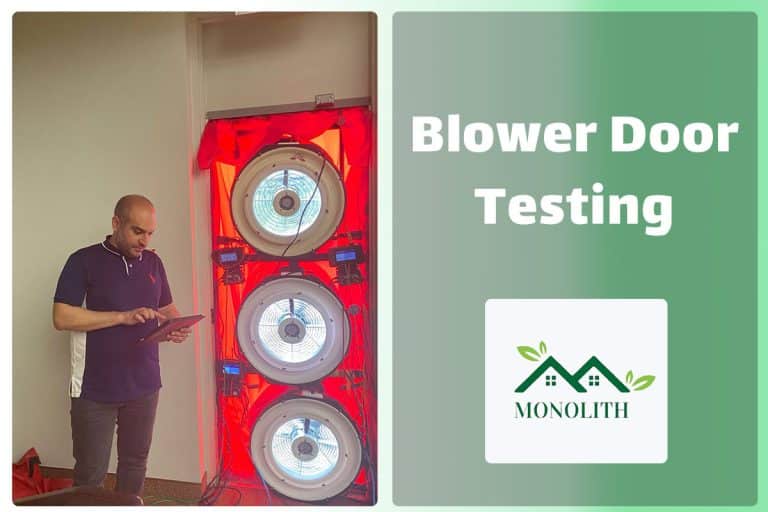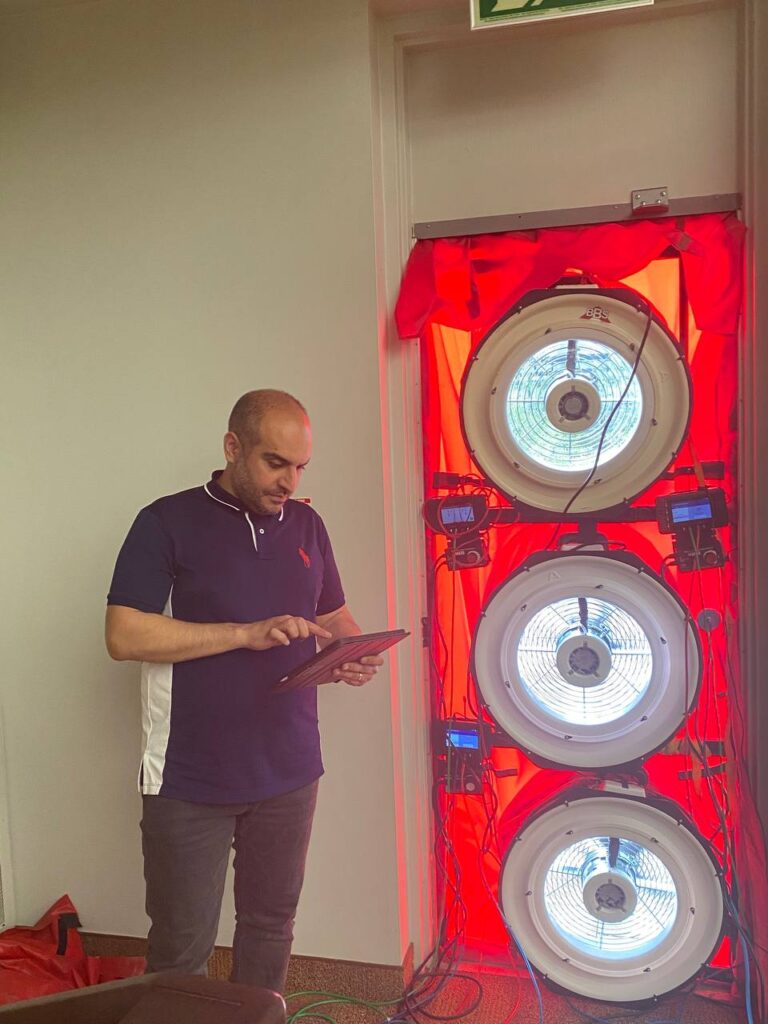
What is Large Building Airtightness Testing?
Large Building Airtightness Testing involves a comprehensive assessment of the building envelope’s airtightness using state-of-the-art equipment and methodologies. By detecting and addressing air leakage issues, we help property owners enhance energy efficiency, indoor air quality, and overall occupant comfort. We as a Retrotec Certified Large Building Air Tester perform below tests:
Testing Standard:
a) ASTM E 1827 – Standard Test Methods for Determining Airtightness of Buildings Using an Orifice Blower Door
b) ASTM E 779 – Standard Test Method for Determining Air Leakage Rate by Fan Pressurization
c) ASTM E 1186 – Standard Practices for Air Leakage Site Detection in Building Envelopes and Air Barrier Systems
d) AABA 2013 – Standard Method for Building Enclosure
Why Choose Large Building Airtightness Testing?
Energy Efficiency: Minimizing air leakage reduces the energy required for heating and cooling, leading to significant cost savings and environmental benefits.
Comfort: Airtight buildings maintain more consistent indoor temperatures and reduce drafts, enhancing comfort for occupants.
Durability: Airtightness is crucial for the longevity of a building’s structure and components, preventing moisture infiltration and associated damage.
Code Compliance: Many building codes and standards require airtightness testing for certification and compliance purposes.
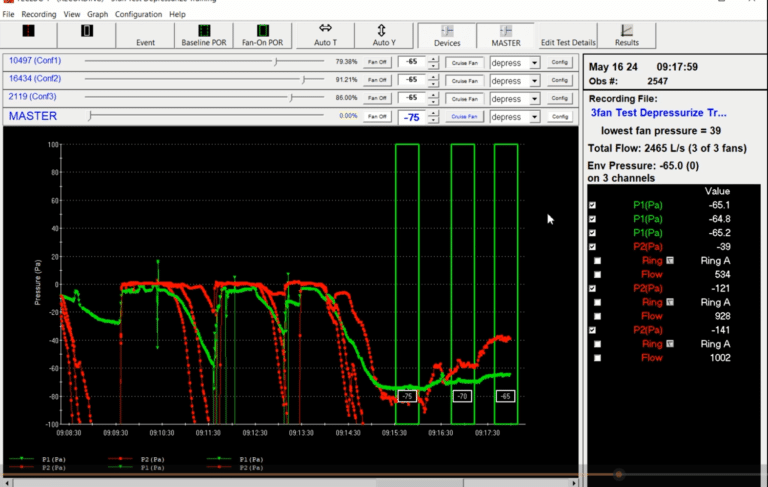
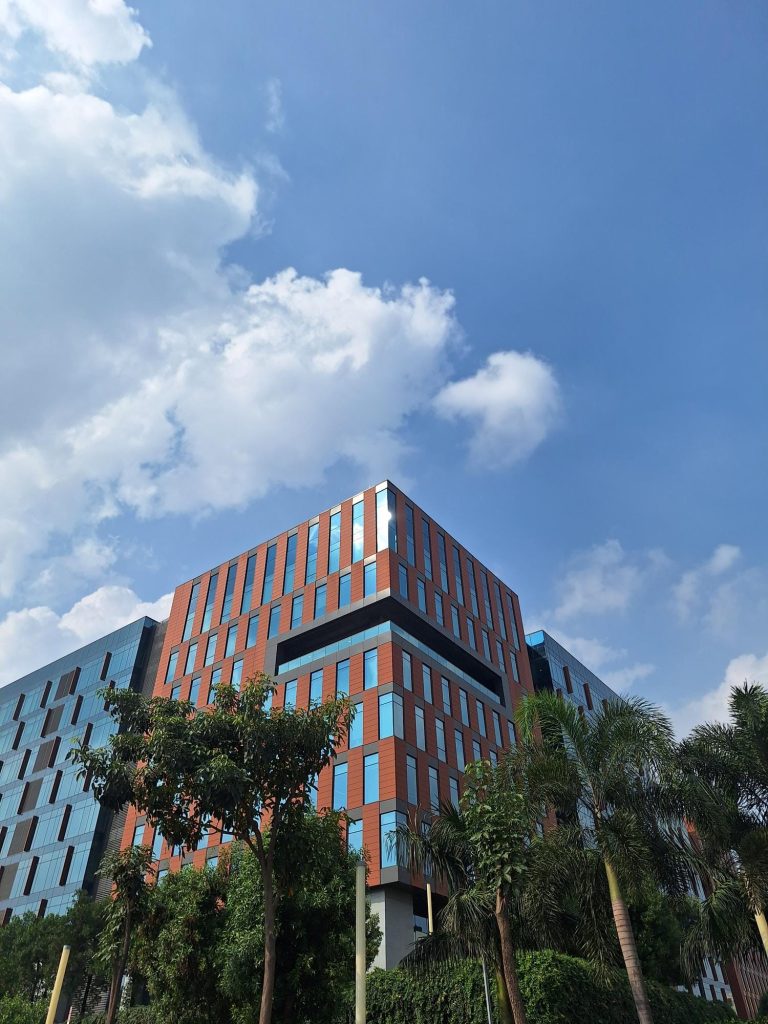
Our Process
Preparation: We work closely with property owners and project managers to understand the building’s specifications, construction methods, and testing requirements.
Testing Procedures: Our team conducts a series of diagnostic tests, such as blower door tests, to measure air leakage rates and identify areas of concern.
Data Analysis: We analyze the test results to assess the building’s airtightness performance and pinpoint areas that require attention.
Recommendations: Based on our findings, we provide detailed recommendations for improving airtightness, including sealing techniques, insulation upgrades, and structural enhancements.
Implementation Support: We offer support and guidance throughout the implementation phase, collaborating with contractors and stakeholders to ensure effective execution of recommended measures.
Post-Testing Verification: Following improvements, we conduct additional testing to verify the effectiveness of the interventions and confirm compliance with performance targets.
How Much Can I Save?
Energy Savings and Moisture Transfer Calculator
Uncontrolled heat, air, and moisture transfer through the building envelope has a significant impact on energy usage. A comprehensive strategy for concurrently regulating these factors will have a major impact on reducing energy consumption. The DOE Windows and Building Envelope Research and Development Roadmap for Emerging Technologies shows that in 2010, infiltration was responsible for 4 quads of space conditioning primary energy use in the residential and commercial sectors. In aggregate, infiltration accounted for greater energy losses than any other component of the building envelope, including fenestration and is responsible for over 4 % of all the energy used in the United States. Furthermore, the Roadmap shows that the addition of air barrier systems would have a payback that is much less than 5 years.
The Roadmap further states that “computational tools are critically important for the design of commercial buildings with energy efficient envelope materials. As new technologies are developed, models and simulation tools must be updated to account for increased performance.” An impediment for the wider adoption of air barrier systems into buildings is the lack of a simple credible tool that can be employed by building architects, designers, and owners that accurately estimates the energy savings that could be expected if an air barrier system was added to the design. This calculator fills this void, is based on the best science available, and is easy to use.
